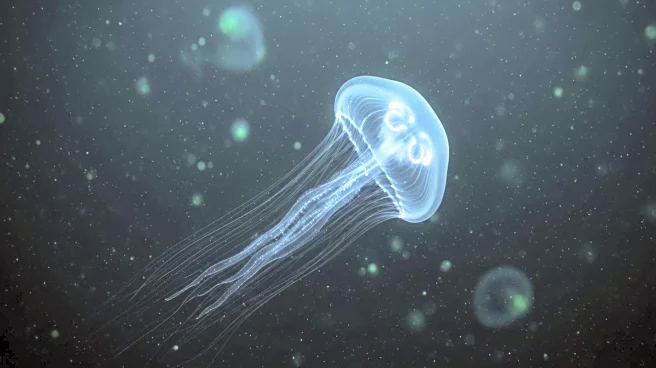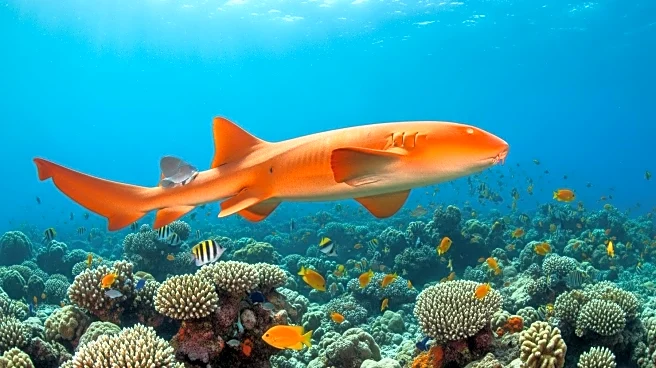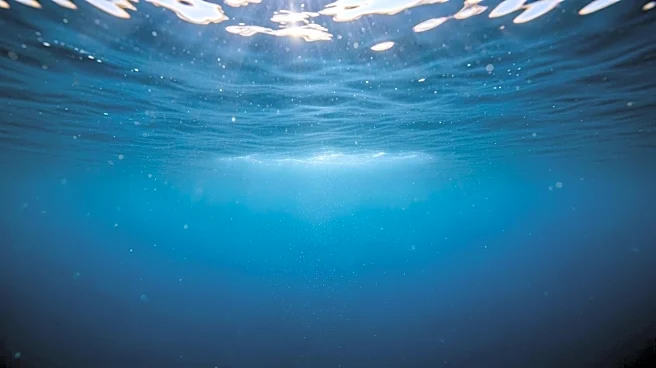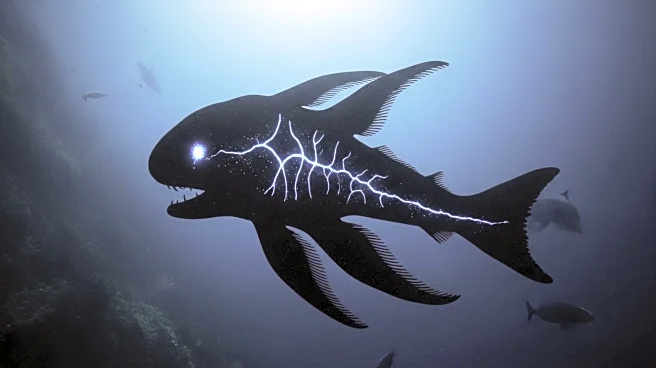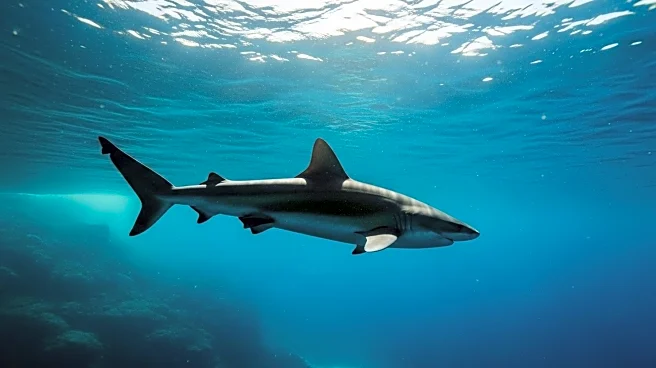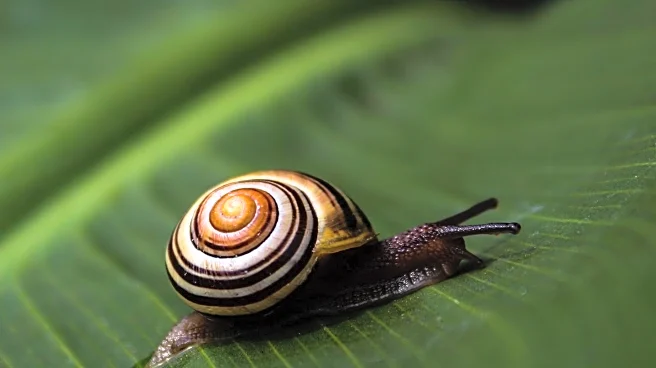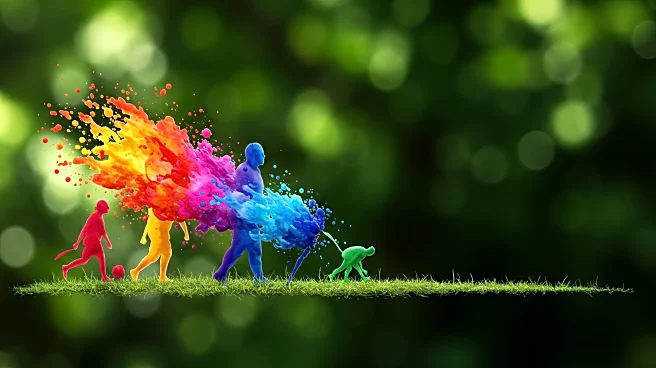What's Happening?
Researchers have identified the bacterium responsible for the sea star wasting disease, which has devastated starfish populations over the past decade. This disease has led to the dissolution of billions of starfish into white goo, severely affecting marine ecosystems. The sunflower sea star, once common, has seen a 90% population decline due to this disease. Dr. Melanie Prentice, part of the research team, explained the pathogen's identification process and its implications for the recovery of sea stars.
Why It's Important?
The discovery of the bacterium causing sea star wasting disease is crucial for marine conservation efforts. Starfish play a vital role in marine ecosystems, and their decline disrupts the ecological balance. Identifying the pathogen allows scientists to develop strategies to mitigate the disease's impact and potentially restore starfish populations. This breakthrough could lead to improved biodiversity and stability in affected marine environments, benefiting both ecological health and industries reliant on marine resources.
What's Next?
With the pathogen identified, researchers can focus on developing treatments or preventive measures to combat the disease. Conservationists and marine biologists may collaborate to implement recovery programs for affected starfish species. Monitoring and research will likely continue to understand the disease's spread and impact further. Stakeholders, including environmental agencies and marine industries, may engage in discussions to support these efforts and ensure sustainable marine practices.
Beyond the Headlines
The identification of the bacterium highlights the importance of understanding microbial impacts on marine life. It raises questions about how environmental changes, such as climate change, might influence the prevalence of such diseases. This discovery could prompt further research into microbial threats to marine biodiversity and the development of comprehensive conservation strategies.



